Lung cancer remains one of the most common and deadly forms of cancer worldwide, with smoking often recognized as its leading cause. However, this view overlooks several other significant contributors that can also raise the risk of developing this disease. This post aims to shed light on the top things that cause lung cancer other than smoking, offering valuable insights into the lesser-known hazards that could affect lung health. Understanding these risks is crucial for effective prevention strategies and for those seeking ways to minimize their chances of developing lung cancer.
Contents
Secondhand Smoke
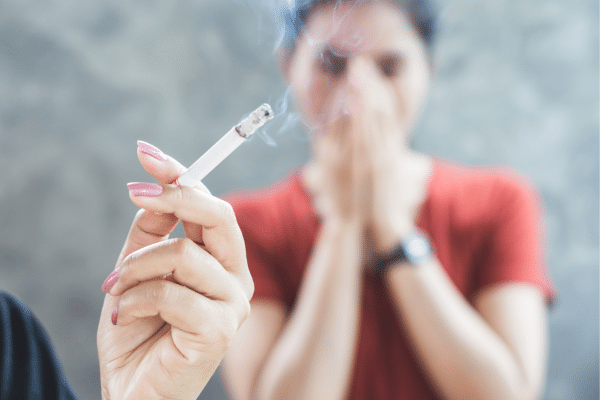
Secondhand smoke claims thousands of lives each year through lung cancer. It is a perilous cocktail of chemicals, including at least 70 known to cause cancer, making non-smokers unwitting victims of this disease. Exposure to secondhand smoke occurs in homes, cars, workplaces, and public places, illustrating the widespread nature of this hazard. Policies for smoke-free environments aim to reduce this exposure, but despite these efforts, there remains a significant number of lung cancer cases attributed to secondhand smoke each year.
Studies reveal that living with a smoker increases a non-smoker’s chances of developing lung cancer by 20-30%. This risk is not limited to adults; children exposed to secondhand smoke are more susceptible to a range of health issues, including respiratory infections and asthma. The lingering particles from secondhand smoke can also adhere to clothes and furniture, causing potential harm long after the smoke clears. These findings underscore the importance of strict regulations on smoking in public and private spaces to protect non-smokers from this invisible but dangerous threat.
Radon Exposure
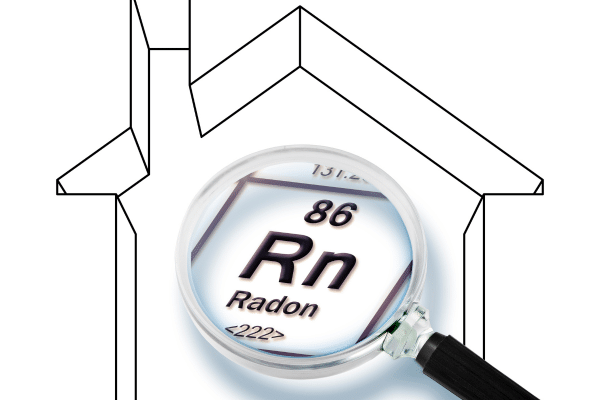
Radon is a colorless, odorless radioactive gas that emerges from the natural decay of uranium in soil and rocks. It infiltrates buildings through cracks in floors and walls, becoming trapped and potentially reaching harmful levels. Radon exposure is the second leading cause of lung cancer after smoking and the number one cause among non-smokers. Unfortunately, its elusive nature means many are unaware of its presence and the silent danger it poses to lung health.
The link between radon and lung cancer has been solidified through numerous studies, showing that long-term exposure can damage lung cells and lead to cancer. Testing for radon is the only way to detect its presence, with do-it-yourself kits available, but professional assessment is recommended for more accurate results. If high levels are found, radon mitigation systems can be installed to reduce concentrations, a crucial step in lung cancer prevention in radon-prone areas.
Occupational Hazards
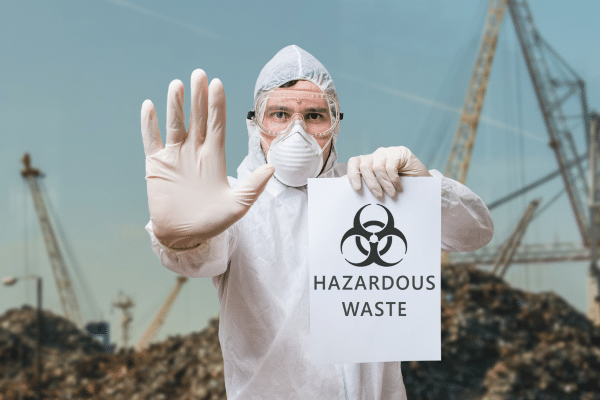
Certain workplaces expose workers to substances that substantially elevate lung cancer risk. Asbestos, once widely used for its heat resistance and insulating properties, is notorious for causing lung cancer and mesothelioma—a cancer of the lung lining. Even though its use has decreased significantly, asbestos remains present in older buildings and materials, posing a risk during renovations or demolitions. Other occupational carcinogens include arsenic, often encountered in mining, and diesel exhaust, which affects truck drivers, mechanics, and toll booth workers.
To protect those in high-risk occupations, adherence to safety protocols is vital. Personal protective equipment, such as respirators, and strict adherence to occupational health regulations can dramatically decrease the risk of inhaling these carcinogens. Employers bear responsibility for implementing and enforcing safety measures, while employees must be educated on the dangers and proper use of protective gear. Continuous monitoring and improvement of workplace air quality play a crucial role in preventing occupational lung cancer.
Air Pollution
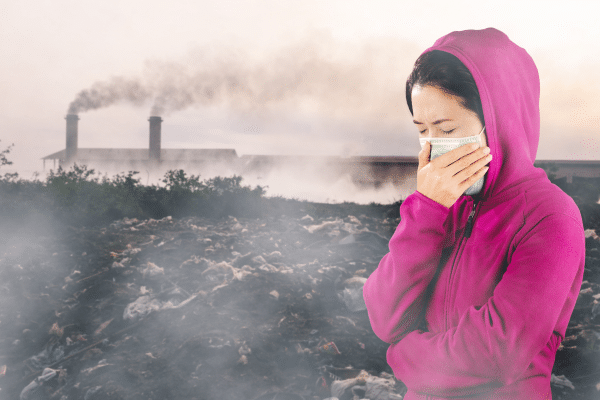
Outdoor air pollution is an insidious health hazard that contributes significantly to respiratory diseases, including lung cancer. Pollutants such as particulate matter, nitrogen oxides, and polycyclic aromatic hydrocarbons from vehicle emissions, industrial processes, and even natural sources like wildfires have all been implicated in damaging lung tissue. Long-term exposure to such pollutants has been linked with an increased risk of lung cancer, corroborated by epidemiological studies that track incidence rates in highly polluted areas versus those with cleaner air.
The challenge with air pollution is that it is pervasive and often beyond individual control. While regulatory measures to reduce emissions have improved air quality in many places, millions still live in areas where air pollution exceeds recommended levels. Public health campaigns advocate for cleaner transportation options, industrial emissions controls, and the use of renewable energy sources as collective actions to reduce ambient air pollution and its associated health risks, including lung cancer.
Radiation Therapy To The Chest
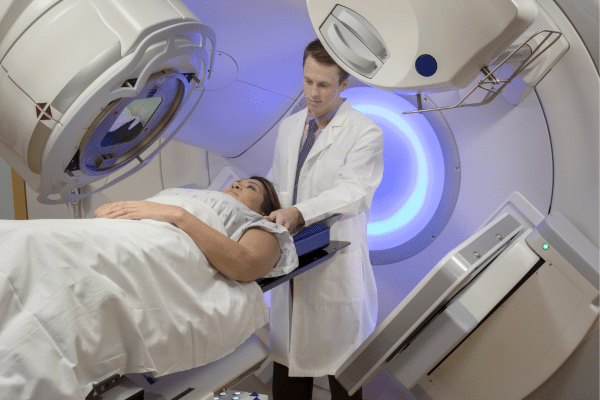
Radiation therapy is a common and effective treatment for various forms of chest-related cancers, such as breast and lymphoma. However, one of the long-term risks associated with this treatment is the potential development of lung cancer. The risk is especially heightened for those who receive high doses of radiation to the chest, and the risk increases the more time that has passed since the treatment. Physicians are aware of this risk and carefully weigh the benefits of treating the primary cancer against the potential for secondary cancers when deciding on a patient’s treatment plan.
To mitigate the risk, advancements in radiation therapy techniques aim to target cancer cells more precisely, thereby reducing exposure to surrounding healthy tissues. Strategies such as respiratory gating, which coordinates the radiation dose with the patient’s breathing cycle, and intensity-modulated radiation therapy, which adjusts the radiation dose and shape to conform closely to the tumor, are employed. For patients who have undergone radiation therapy, regular monitoring for new symptoms and follow-up care are crucial for early detection and management of any secondary lung cancer.
Family History Of Lung Cancer

Genetic predisposition plays a role in lung cancer susceptibility, with a family history of the disease indicating a potentially increased risk. When multiple family members have been diagnosed with lung cancer, especially if the diagnoses occurred at a younger age, it may suggest the presence of hereditary cancer syndromes or shared genetic vulnerabilities. The intricacies of genetic factors in lung cancer are the subject of intense research, seeking to unravel the complex interplay of gene-environment interactions.
Individuals with a family history of lung cancer are often counseled to be vigilant about lung health. While not all genetic links are well understood, the identification of certain mutations has led to the development of targeted therapies that can improve treatment outcomes. Preventive measures, such as smoking cessation, minimizing exposure to known carcinogens, and regular screenings, are particularly emphasized for those with familial risk factors. Genetic counseling may be recommended for individuals with a significant family history of lung cancer to discuss potential genetic testing and individualized risk assessment.
Dietary Factors

The impact of diet on lung cancer risk has been a topic of extensive research with intriguing yet sometimes conflicting results. Certain dietary elements have been under scrutiny for their potential to influence lung cancer risk either positively, such as fruits and vegetables rich in vitamins and antioxidants, or negatively, like red and processed meats. Studies have shown that a diet high in fresh produce can be associated with a lower risk of lung cancer, potentially due to the presence of compounds that have protective effects on lung tissue. Conversely, some research has pointed to a diet high in red and processed meats as being possibly linked to an increased risk of developing cancer, including that of the lungs.
The complexities inherent in nutritional science mean that no single food can be definitively blamed for increasing lung cancer risk, nor can any one food be touted as a surefire preventive measure. Dietary recommendations for lung health are largely consistent with general health advice: a balanced diet rich in whole foods and low in processed items. For those concerned about lung cancer risk, focusing on a diet abundant in a variety of fruits and vegetables, whole grains, and lean proteins is advisable. Additionally, ongoing research may soon provide more detailed guidance on the relationship between diet and lung cancer.
The Bottom Line
Lung cancer is a multifaceted disease, influenced by a range of factors beyond the well-known risks associated with smoking. From secondhand smoke to radon exposure, occupational hazards, air pollution, and even diet and lifestyle, multiple elements play into an individual’s risk profile. This post has delved into these various contributors, emphasizing that prevention and awareness extend into several aspects of daily life. With the right knowledge and actions, individuals can significantly reduce their lung cancer risk and enhance their overall well-being.


